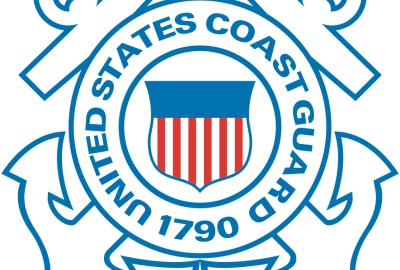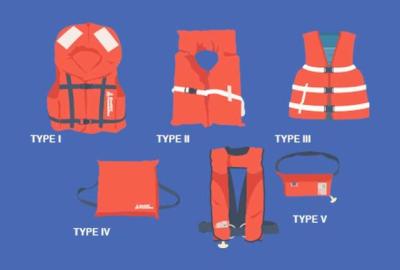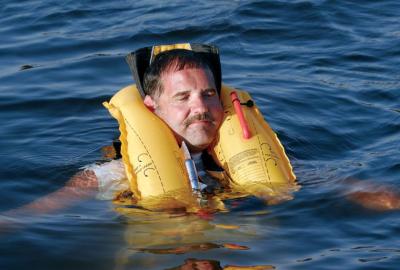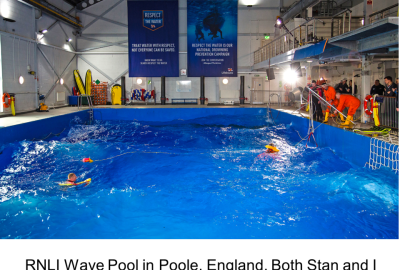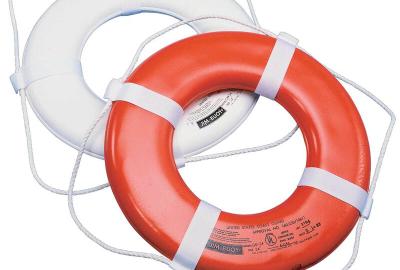In December of 2024, after decades of meetings of the stakeholders, testing, and technical meetings, the Final Rule was published in the Federal Register. This article, the sixth in a series, describes how the new North American Standard for flotation devices changes what we’ve been accustomed to since the 1970s.

Update:
This article is about the process by which life jacket standards and requirements have changed in the last 50+ years leading up to December of 2024, when new standards and requirements took over. In the second part of this article, available next month, we’ll discuss what we think are the ramifications of the latest, greatest (?) regulations.
- 24 March 2025
The underlying reason to wear a life jacket is to provide buoyancy to keep the wearer’s mouth above the water to prevent drowning while awaiting rescue. With that relatively simple goal, why are there so many life jacket designs, and why are some more effective than others?
- 20 December 2024
Before we head out on the water once again this is a good time to check on all things inflatable... and NOT inflatable.
- 8 May 2024
The right life jacket for your conditions and a tether when conditions warrant it.
- 26 April 2024
How would you go about figuring out if a life jacket design is capable of saving a life when used in rough water? What would you look for? How would you measure the life jacket’s effectiveness? Which models would you accept, and which ones would you fail?
- 9 September 2022
Fast forward 20 or so years, and Stan is again sailing on state-of-the-art multihulls, but now on Gitana 17, a foiling trimaran, whose crew intends to set the around the world record: the Jules Verne Trophy. While the personal gear that the crew wears is similar to what we had on Playstation, there are some subtle differences.
- 9 September 2022
Bottom line: safety gear is a compromise. Too foolproof, and it may be either too expensive or too difficult to use. Too heavy, and people leave it below decks. Too much maintenance required, and it may not work when it is supposed to.
- 22 May 2022
In 2017, US Sailing Yachtswoman of the Year Timmy Larr asked me to participate in a series of life jacket tests in Tampa Bay, about ¼ mile from the University of Southern Florida. These tests were reasonably similar to other life jacket testing that I had done, with a few exceptions.
- 22 May 2022

